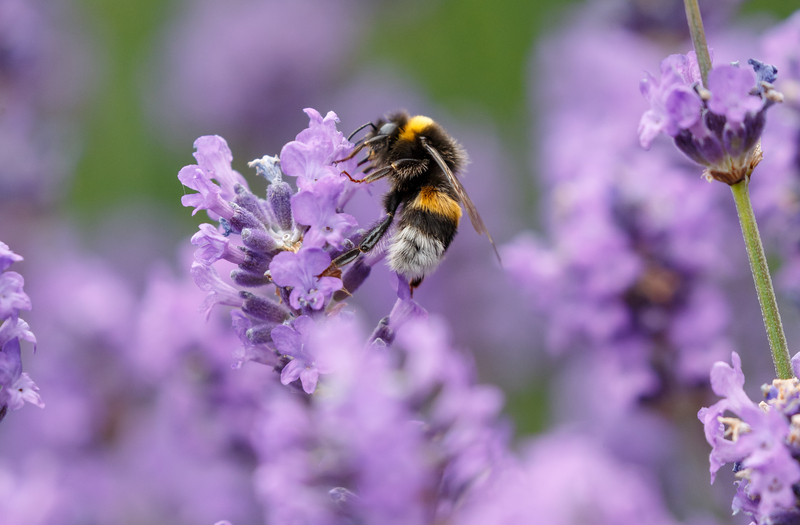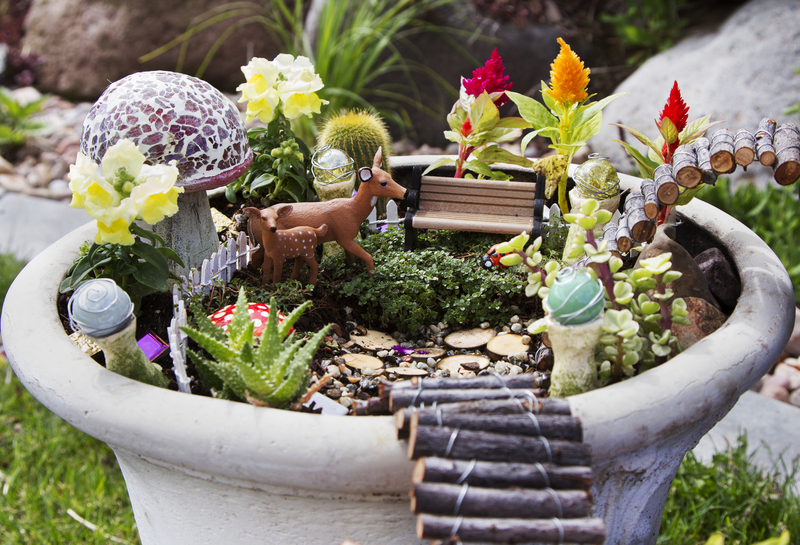Shade-Loving Climbers: Revolutionizing Your Dark Outdoor Spaces
Posted on 19/05/2025
Shade-Loving Climbers: Revolutionizing Your Dark Outdoor Spaces
Transforming a dark, shaded area in your garden into a vibrant and lush oasis is no small feat. However, with the right selection of shade-tolerant climbers, it's entirely possible to revolutionize these shadowy spots. Let's explore some exceptional climbing plants that thrive without direct sunlight, offering color, texture, and structure to your shaded outdoor spaces.
Understanding Shade-Loving Climbers
Climbing plants have the unique ability to add vertical interest and fullness to gardens, even in spaces with minimal sunlight. Shade-loving climbers are particularly useful in areas where sunlight is scarce, such as beneath trees or on the north-facing walls of buildings. These plants have adapted to low-light conditions, making them perfect for enriching dark corners with greenery.
Benefits of Using Shade-Loving Climbers
- Visual Appeal: Shade-loving climbers introduce a variety of shapes and colors, prettifying even the most neglected parts of your garden.
- Space Maximization: By growing vertically, these plants efficiently use available space and add dimension to your garden.
- Privacy and Screening: Climbing foliage can act as a natural screen, providing privacy and shielding undesirable views.
- Ecological Impact: Climbers can support wildlife by offering habitats and food sources, aiding in biodiversity.

Top Shade-Tolerant Climbers for Your Garden
1. Climbing Hydrangea (Hydrangea anomala subsp. petiolaris)
One of the most recognized shade-tolerant climbers, the climbing hydrangea is renowned for its ability to cling to walls and trees. This plant offers lush green leaves with clusters of fragrant white flowers that bloom in late spring. Despite its slow start, it becomes a robust addition to shaded areas over time.
2. Virginia Creeper (Parthenocissus quinquefolia)
The Virginia creeper is famous for its hardy disposition and vigorous growth. Its foliage, turning vibrant shades of red in autumn, adds a splash of color to dark spaces. This climber can cover large areas quickly, making it an excellent choice for extensive coverage.
3. English Ivy (Hedera helix)
This classic, evergreen climber can thrive in almost any condition, provided the soil is moist and rich. The English ivy is perfect for covering walls and fences, creating a green backdrop that remains throughout the year. It's a low-maintenance option that also helps to insulate buildings.
4. Clematis "Nelly Moser"
The Clematis variety "Nelly Moser" is beloved for its large, eye-catching flowers that bloom both in spring and late summer. With pale pink petals marked by a deeper pink stripe, this clematis adds a touch of elegance to shaded areas.
5. Honeysuckle (Lonicera)
Known for its sweet fragrance, honeysuckle can thrive in partial shade. Its trumpet-shaped blooms, which attract pollinators, are a delightful addition to gardens seeking more natural activity. This climber is both resilient and decorative.

Designing with Shade-Loving Climbers
Integrating Climbers into Garden Design
To successfully incorporate shade-tolerant climbers into your garden, consider the following design principles:
- Support Structure: Ensure there is a sturdy support structure, such as a trellis or pergola, for the climbers to latch onto and grow.
- Layering and Contrasts: Combine climbers with different leaf textures and flower colors to create a layered and dynamic effect.
- Spacing and Pruning: Give each plant enough space for growth and regularly prune to manage vigor and shapeliness.
Creating a Cohesive Look
A unified look can be achieved by choosing climbers that complement other plants in your garden. Opt for a color palette that harmonizes with existing blooms, and consider the seasonality of flowering and leaf changes when selecting plants.
Conclusion
The use of shade-loving climbers can dramatically transform dark, underutilized areas into inviting green landscapes. By understanding the unique needs of these climbers and carefully planning their integration, you can enjoy a more diverse and visually appealing garden. Unleash the potential of your shaded spaces and invite nature into every corner of your outdoor environment.
Embrace the beauty of shade-tolerant climbers and let your garden evolve into a vibrant sanctuary, no matter how much sunlight reaches its nooks and crannies.

